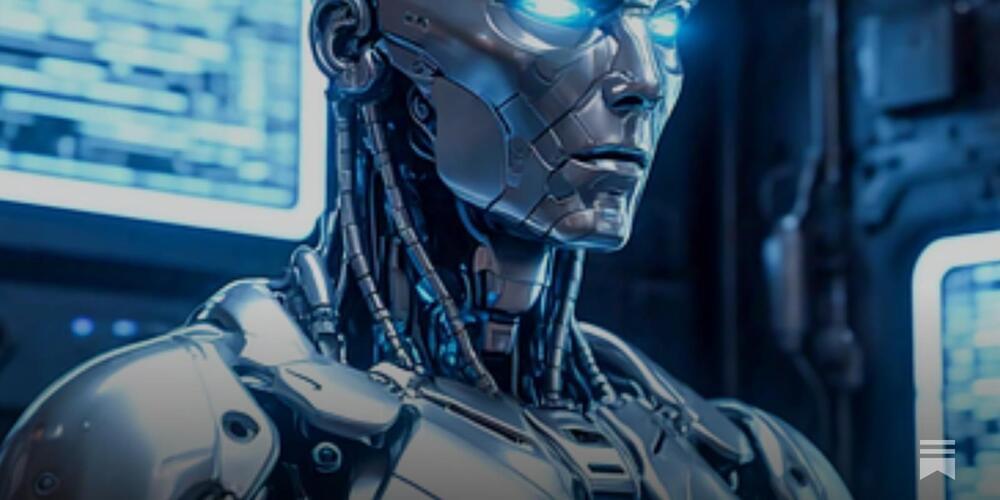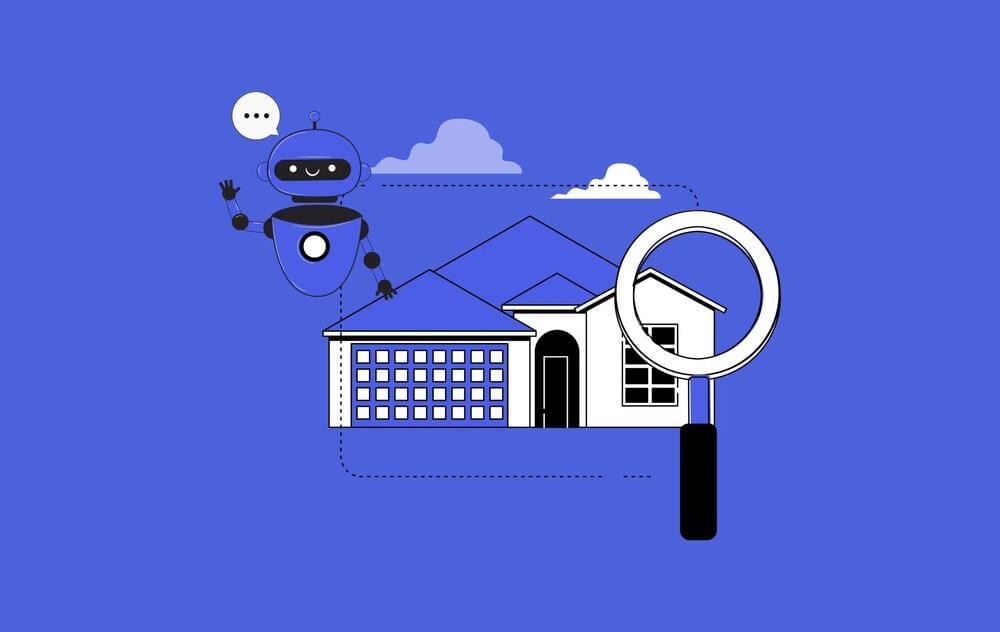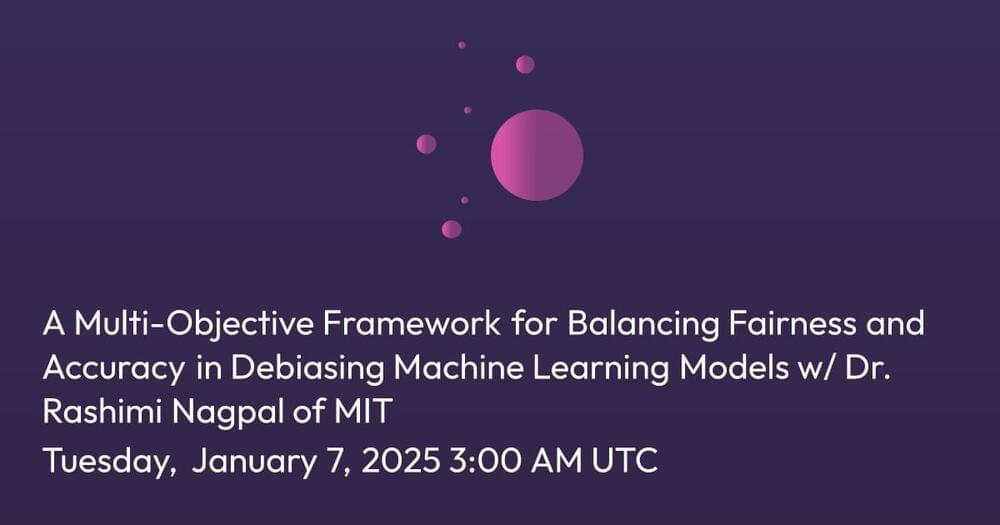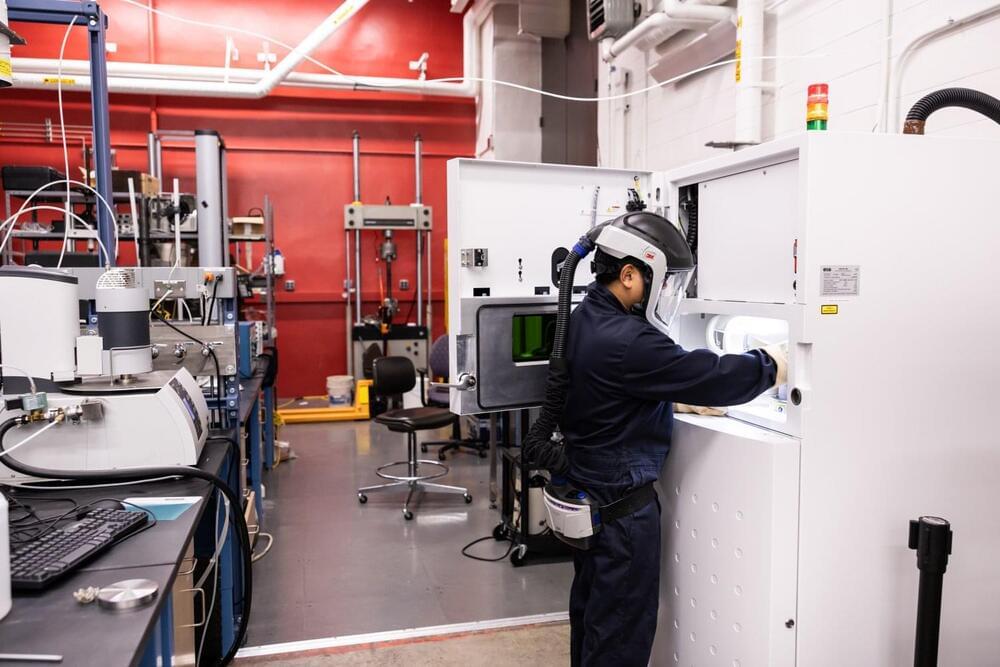The latest AI News. Learn about LLMs, Gen AI and get ready for the rollout of AGI. Wes Roth covers the latest happenings in the world of OpenAI, Google, Anthropic, NVIDIA and Open Source AI.
My Links 🔗
➡️ Subscribe: / @wesroth.
➡️ Twitter: https://twitter.com/WesRothMoney.
➡️ AI Newsletter: https://natural20.beehiiv.com/subscribe.
00:00 singularity is near.
01:37 Sam Altman’s Blog Post \







